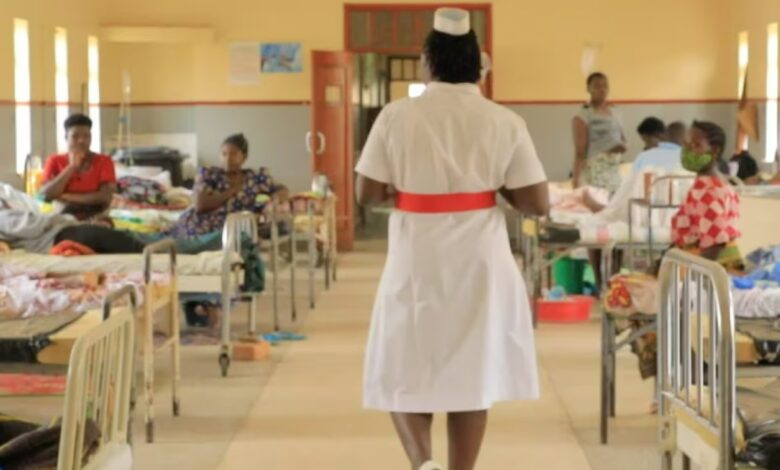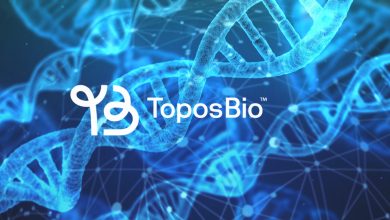
Global health research often finds itself divided along economic lines—where resource-rich nations are driving biomedical breakthroughs while low-income regions face steep challenges. In these regions, limited access to resources, research tools, and funding means the fight against major health threats is significantly slower. The gap isn’t just about equipment or funding—it’s a broader issue that affects everything from the speed of research to the speed at which new treatments reach the people who need them most. However, with the rise of open-source AI, there’s a real opportunity to level the playing field and empower researchers everywhere, since AI can be a cost-effective way to enable scientific activity in laboratories where resources are critically lacking.
Addressing the Global Health Data Divide
The global health data divide is not just a technological issue but a systemic challenge that perpetuates disparities in biomedical innovation. Limited research output from low-income regions means diseases that predominantly affect these areas often receive less investment. This cycle stifles innovation and prolongs the availability of life-saving treatments. AI has the potential to break this pattern by unlocking new avenues for discovery and enabling local researchers to drive progress in their own communities.
To put it simply, AI makes it easier for underfunded researchers to handle massive datasets and extract valuable insights without the need for costly computational and laboratory infrastructure. Free tools and open-source platforms are helping to reduce barriers, offering advanced analytical capabilities to all. Take drug discovery, for example: AI has made it possible to identify promising antimalarial compounds at a much faster rate, promising to deliver treatments to those who need them sooner.
Open-Source AI: Democratising Research
Machine learning models are now being trained on diverse datasets, making AI solutions more relevant to regions with specific health needs. The beauty of open-source AI is that it eliminates many of the traditional barriers to research—technical, financial, and logistical—and enables scientists to focus on solving the world’s most pressing health challenges. Despite infectious diseases being a leading cause of mortality in low-income countries, only 15% of drugs in development target these illnesses according to the World Health Organisation. As a result, millions remain without access to potentially life-saving treatments.
AI-powered tools are reversing this trend, addressing long standing health inequalities. AI models that analyse existing drug libraries can identify promising new treatments by predicting how well compounds will perform in the body. With the technology taking the heavy lifting out of data processing, researchers are able to focus on the more creative aspects of their work, which is where breakthroughs happen. This ability to reimagine existing treatments, could change the course of global health and ensure a more equitable distribution of resources.
From Manual Work to AI-Driven Efficiency
Traditionally, biomedical research has relied on labour-intensive data processing, which is time-consuming and prone to errors. Scientists devote countless hours to routine tasks instead of focusing on hypothesis testing, data interpretation, or experimental design. AI-driven automation transforms this workflow, handling large datasets efficiently and allowing researchers to prioritise critical analysis that accelerates biomedical innovation at an unprecedented rate. This shift is already showing results where platforms like Splunk have saved researchers over 700 hours per year, making it easier for them to focus on knowledge sharing.
But automation isn’t just about saving time—it’s also about improving accuracy. By handling data more efficiently and removing silos, AI is reducing the chances of errors that can skew results. It’s improving the way data is shared and used, ensuring that researchers can access integrated, harmonised datasets —such as clinical trials and epidemiological studies—from around the world. This approach makes it easier for global research teams to compare patient responses across different countries, and uncover patterns that might otherwise go unnoticed.
What once took weeks can now be achieved in a matter of days.
Empowering Local Innovation and Autonomy
What’s truly exciting about AI is how it empowers researchers, particularly in regions with limited resources, to be more self-sufficient. Open-source platforms let anyone—from students to seasoned scientists—test their own models and develop region-specific solutions without needing expensive tools or external experts. This boosts local innovation, allowing for quicker, more effective responses in the fight against infectious and neglected diseases. For example, in regions like Africa, AI-driven tools have improved the accuracy of malaria forecasting, helping public health officials allocate resources more effectively and anticipate disease outbreaks before they spiral out of control.
Beyond enabling local research, AI is also fostering international collaboration by connecting scientific communities worldwide. By sharing best practices, methodologies, and analytical tools, AI-driven networks create a sustainable ecosystem where researchers in low-income countries are active contributors to the global health conversation. This dynamic exchange is opening doors to breakthroughs that might have been impossible just a few years ago.
Enhancing Agility for Emerging Threats
The COVID-19 pandemic highlighted just how important it is to respond quickly to emerging health threats. AI is making it possible for research organisations to do exactly that. By automating routine data tasks and integrating real-time health data, AI allows scientists to rapidly adapt to new developments and pivot their research focus when needed. This agility is essential in preventing diseases from spreading and ensuring that health authorities can react before a crisis escalates.
A More Equitable Future in Global Health
The future of biomedical research depends on collaboration, open access, and AI-driven innovation. However, achieving this vision requires continued investment in digital infrastructure, training, and frameworks that support equitable AI development. Governments, research institutions, and private sector partners need to work together to ensure that AI-driven health innovations reach the communities that need them most. With sustained investment and global cooperation, every researcher—regardless of location—can drive scientific breakthroughs and improve public health outcomes.
The future of medicine is being written in code, and by making AI open and accessible, we ensure that every scientist has a seat at the table.




